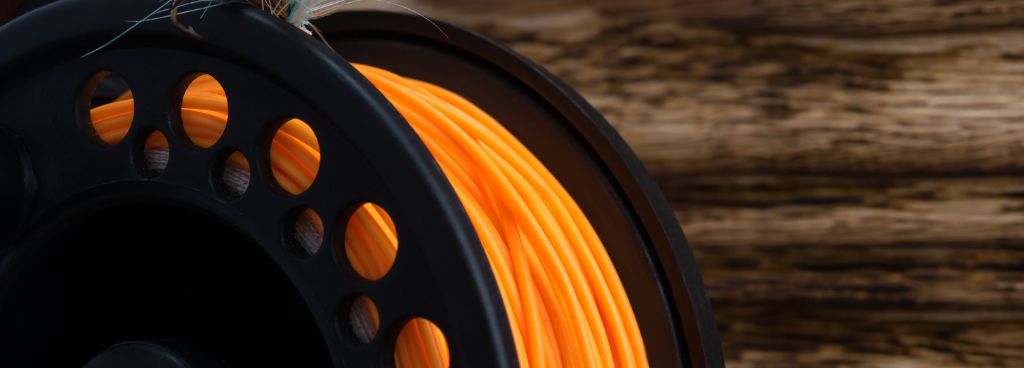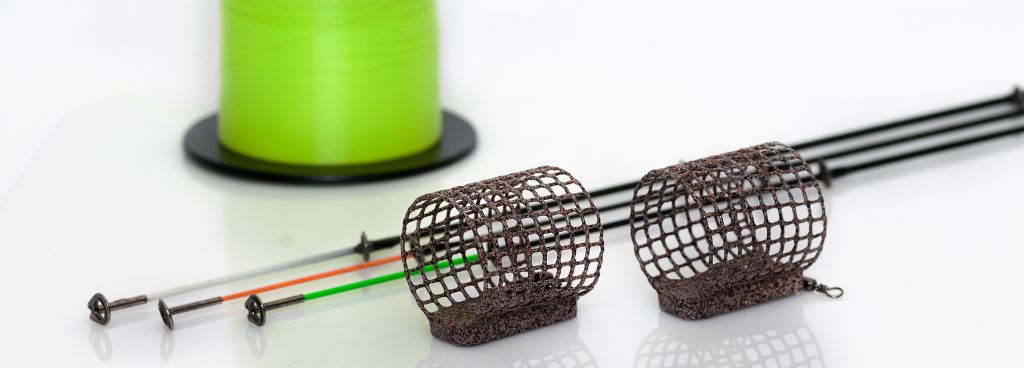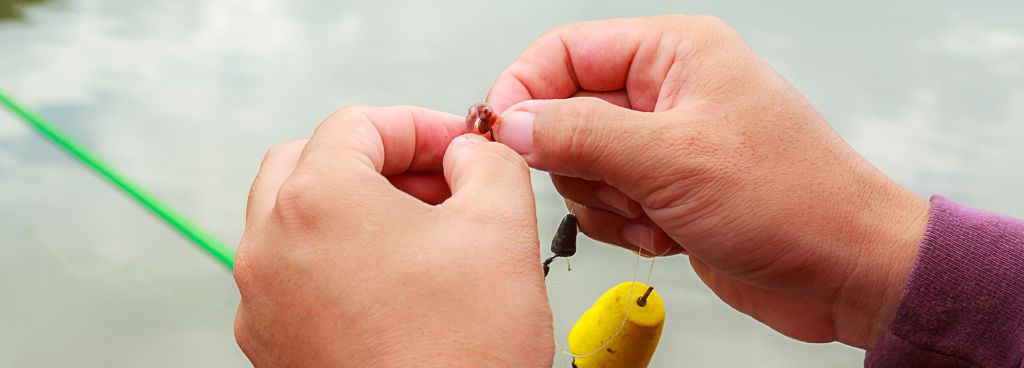Stories Worth Reeling In...
Last Updated on September 22, 2023
When it comes to choosing the right fishing line, anglers have long debated the merits of braided and monofilament lines. By exploring their unique features, strengths, and weaknesses, I’ll help you make an informed decision about which type of line is the best fit for your angling needs.
Whether you’re a seasoned angler or a beginner looking to upgrade your fishing gear, this blog post will serve as your guide to deciphering the braided vs. monofilament fishing line. Let’s dive in and explore the pros and cons of each to determine which line reigns supreme in different fishing scenarios.
Table of Contents
Braided fishing line is a type of fishing line that is constructed by weaving multiple fibers together to form a strong and durable line. Typically made from materials like Spectra or Dyneema, braided lines are known for their exceptional strength and durability. These lines have a unique construction that consists of several strands tightly woven together, resulting in a compact and dense line.

One of the main characteristics of braided lines is their incredible strength-to-diameter ratio. Compared to monofilament lines, braided lines have a much higher tensile strength, allowing anglers to use thinner lines without sacrificing strength. This thin diameter not only improves casting distance but also increases sensitivity, allowing anglers to feel even the slightest nibbles and bites.
The advantages of using a braided fishing line extend beyond its strength and sensitivity. These lines have minimal stretch, which translates to improved hook-setting power and enhanced control over the fish during the fight.
However, the lack of stretch that makes them advantageous can also make them more prone to breakage if the drag settings are not properly adjusted. The high visibility of braided lines in the water can also be a disadvantage in clear and highly pressured fishing situations.
Monofilament fishing line is a popular type of fishing line that is made from a single strand of nylon or other synthetic materials. It is known for its versatility and wide range of applications in various fishing scenarios. Monofilament lines are created by extruding molten plastic through a small hole, resulting in a smooth and uniform diameter line.
One of the unique features of monofilament lines is their versatility. They can be used for a wide variety of fishing techniques and fishing environments, making them suitable for both freshwater and saltwater fishing.

Another advantage of monofilament lines is their shock absorption capability. These lines have a certain degree of stretch, which helps absorb sudden shocks or jerks when a fish strikes or when fighting a powerful fish. The stretch also provides a strong nature that can prevent the fishing rod from breaking under sudden stress.
However, over time, monofilament lines can weaken due to exposure to UV rays and water absorption, requiring anglers to regularly inspect and replace them to maintain optimal performance. Monofilament lines have higher visibility in the water compared to other types of lines.
When it comes to choosing between braided and monofilament fishing lines, it’s essential to understand the key attributes and how they compare in various fishing scenarios. Let’s take a closer look at the important factors to consider:
Braided lines are generally known for their exceptional strength. They have higher tensile strength compared to monofilament lines of the same diameter, allowing anglers to use thinner lines while maintaining excellent pulling power. On the other hand, monofilament lines have a good strength-to-diameter ratio, providing reliable performance in most fishing situations.
Braided lines have low visibility in the water due to their thin diameter and lack of light refraction. This makes them ideal for clear water conditions and targeting wary fish. Monofilament lines, however, have higher visibility and may be more visible to fish, especially in clear water or highly pressured fishing areas.
Braided lines excel in terms of casting distance. Their thin diameter and minimal line memory result in reduced friction, allowing for longer and more accurate casts. Monofilament lines, while offering good casting performance, may not achieve the same distance as braided lines due to their higher line memory and thicker diameter.
Braided lines are highly resistant to abrasion, making them suitable for fishing in areas with rough structures or sharp objects. They can withstand the wear and tear of rocks, shells, and other underwater obstacles. Monofilament lines also offer decent abrasion resistance but may not be as durable as braided lines in extreme conditions.
Braided lines are often favored for heavy cover or deepwater fishing where strength and sensitivity are crucial. They provide excellent hook-setting power and allow anglers to detect subtle bites. Monofilament lines, on the other hand, are versatile and perform well in a wide range of fishing situations, making them a reliable choice for many anglers.

Consider the following guidelines and considerations when deciding between braided and monofilament lines:
Assess your fishing preferences and the specific species you intend to target. For heavy cover or deepwater fishing where strength and sensitivity are paramount, braided lines are an excellent choice. If versatility and reliability across a wide range of fishing situations are your priorities, monofilament lines may be more suitable.
For most beginners, the tried and tested line is the monofilament line. The Monofilament line comes in a variety of colors and is incredibly flexible and simple to use, making it a popular choice for a variety of fishing settings.
It’s essential to match your fishing line to the specific techniques and equipment you’ll be using. For example, if you’re employing finesse techniques that require sensitivity and subtle presentations, a low-diameter monofilament line can provide the necessary feel and finesse. On the other hand, if you’re using heavy-duty techniques that require pulling power and increased line capacity, a strong braided line may be the better option.
Several factors can impact your fishing experience, regardless of the line type you choose. Consider the line diameter, as thinner lines often result in improved casting distance and reduced visibility in the water. Line color can also play a role, with options like high-visibility or low-visibility lines depending on your fishing conditions and preferences.
To find the line that works best for your angling needs, I recommend experimenting with different lines, seeking advice from experienced anglers, and staying open to adapting your approach. Every angler’s journey is unique, and finding the perfect line is often a matter of trial and error.
Remember, fishing is as much about the joy of exploration as it is about catching fish. So, go out, cast your lines, and discover the line that enhances your fishing experience and helps you achieve your angling goals. Tight lines and happy fishing!